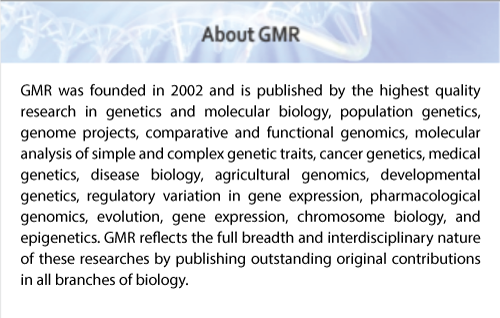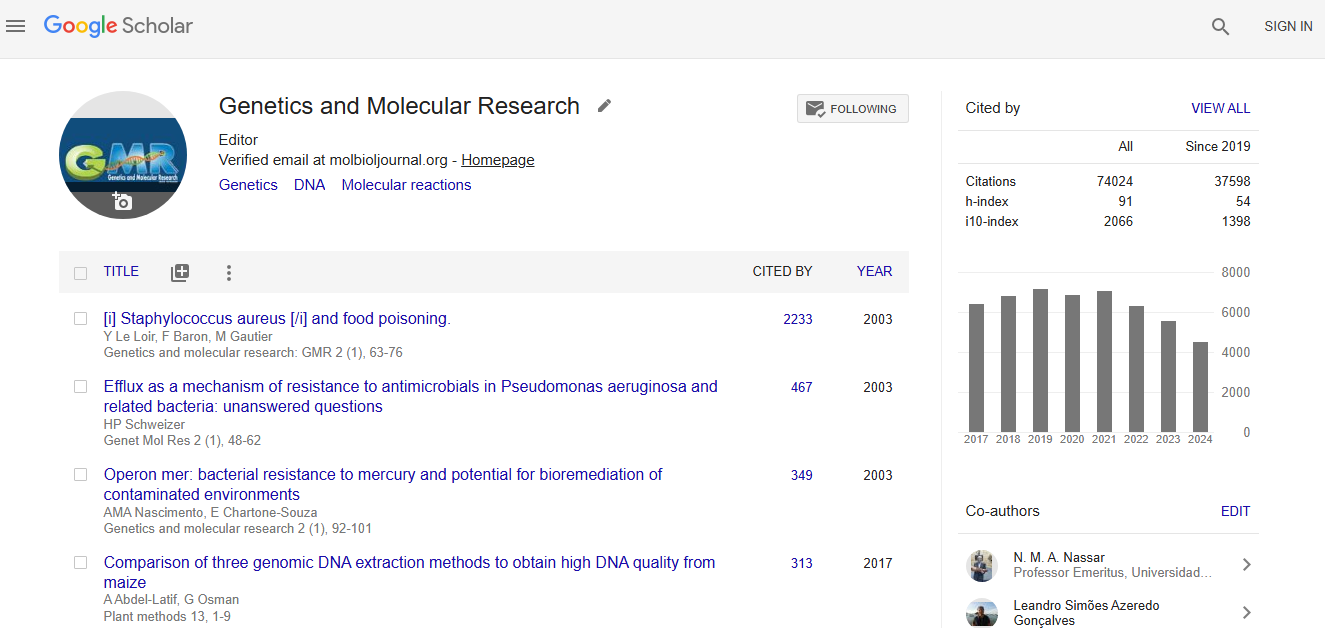Abstract
Detection limits of the strip test and PCR for genetically modified corn in Brazil
Author(s): V.E. Nascimento, ��.V.R. Von Pinho, R.G. Von Pinho and A.D. do Nascimento J�ºniorBrazilian legislation establishes a labeling limit for products that contain more than 1% material from genetically modified organisms (GMOs). We assessed the sensitivity of the lateral flow strip test in detection of the GMO corn varieties Bt11 and MON810 and the specificity and sensitivity of PCR techniques for their detection. For the strip test, the GMO seeds were mixed with conventional seeds at levels of 0.2, 0.4 and 0.8% for Bt11, and 0.4, 0.8 and 1.6% for MON810. Three different methodologies were assessed and whole seeds, their endosperm and embryonic axis were used. For the PCR technique, the GMO seeds of each of the two varieties were mixed with conventional seeds at levels of 20, 10, 5, 2, 1, and 0.5%. The seeds were ground and the DNA extracted. For detection of the GMO material, specific primers were used for MON810 and Bt11 and maize zein as an endogenous control. The sensitivity of the strip test varied for both maize varieties and methodologies. The test was positive for Bt11 only at 0.8%, in contrast with the detection limit of 0.4% indicated by the manufacturer. In the multiplex PCR, the primers proved to be specific for the different varieties. These varieties were detected in samples with one GMO seed in 100. Thus, this technique proved to be efficient in detectingcontaminations equal to or greater than 1%.
Impact Factor an Index

Google scholar citation report
Citations : 74024
Genetics and Molecular Research received 74024 citations as per google scholar report
